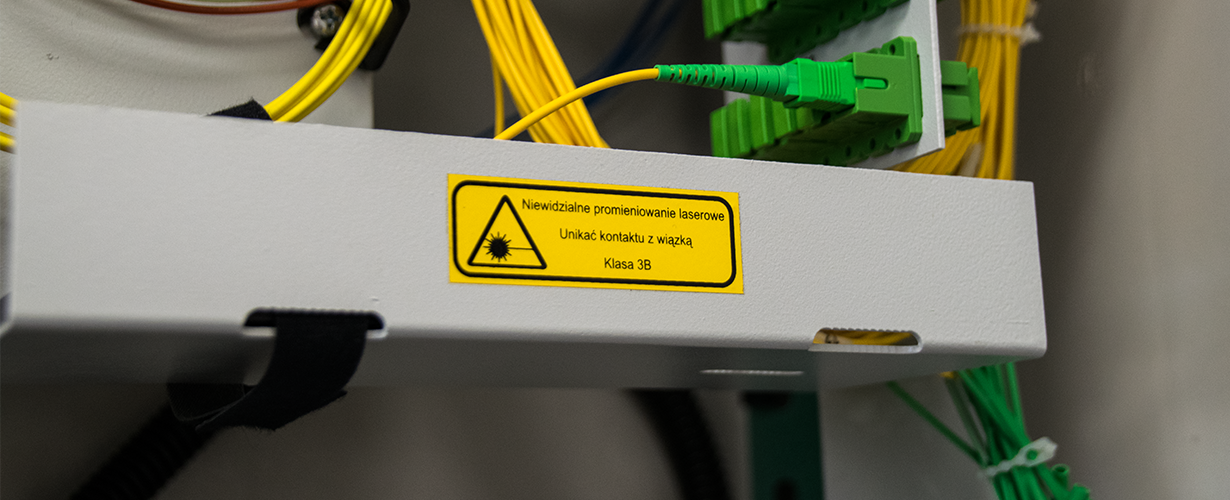Most of the telecommunications technologies use radial or microwave frequency. This is why research is constantly being carried out to exam their influence on the human health. The relationship between the optical fiber and electromagnetic radiation is also thoroughly analyzed.
Often, during the construction of modern telecommunications infrastructure, doubts arise as to the safety of local residents in connection with their exposure to electromagnetic radiation. These situations are the subject of in-depth research whenever new cellular antenna masts appear in the area.
The FTTH (Fiber To The Home) access networks use GPON technology, i.e. the Gigabit Passive Optical Network. This is a standard for a passive optical network. It splits the signal from one optical fiber into many users with the help of optical splitters. The idea of a passive network means that there are no devices between the central office and the subscriber that require power supply. Hence, there is also no source of electromagnetic radiation. In addition, it is worth noting here that the fiber optic network is not only resistant to electromagnetic interference, but also does not itself emit this type of disturbance.
FIBER OPTIC AND LASER RADIATION

Information on laser radiation posted on the PSS-3 post
The only radiation that can be seen in fiber optic access networks is laser radiation. The laser beam may pose a threat e.g. to eyesight or skin, but preventive measures, to which manufacturers are obliged, minimize the risk of negative impact on human health. In the aforementioned GPON technology, sources used in active devices are classified as safe under rational working conditions.
However, laser radiation is a topic for a separate article dedicated to it.
In summary, a fiber optic installation does not carry any risk in terms of electromagnetic radiation. Since such radiation does not occur in fiber optic transmission, there is also no evidence of its impact on human health through fiber optics.
